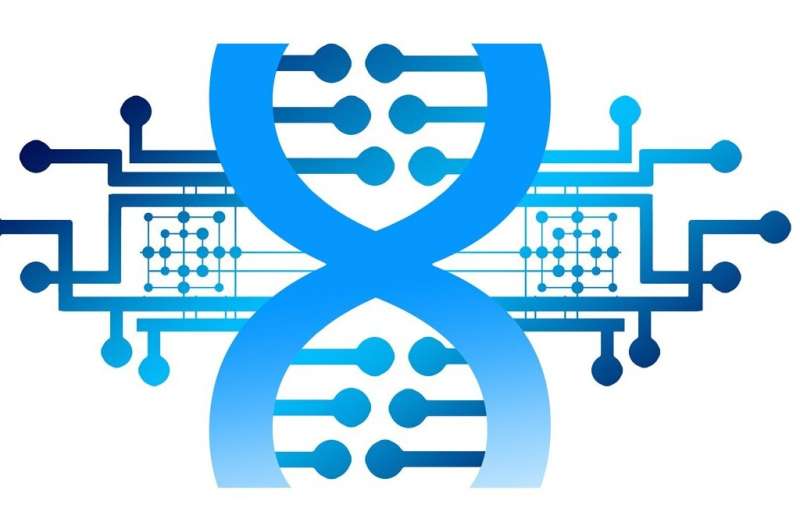This article has been reviewed according to Science X's editorial process and policies. Editors have highlighted the following attributes while ensuring the content's credibility:
fact-checked
peer-reviewed publication
trusted source
proofread
Study reveals the structure of the protein responsible for Huntington's disease

A team with the participation of researchers from the Institute for Advanced Chemistry of Catalonia (IQAC) of the Spanish National Research Council (CSIC) has revealed the structure of the protein responsible for Huntington's disease, a severe neurodegenerative pathology characterized by the progressive disorder of movement and cognitive function.
This research, published in the journal Nature Structural & Molecular Biology, paves the way towards a better understanding of this disease, as it provides new clues about the mechanism that triggers the formation of protein aggregates in the brain of these patients
Huntington's disease is triggered by a genetic mutation that affects the huntingtin protein. This defect is due to the expansion of the cytosine, adenine, and guanine nucleotides, which are responsible for encoding in the DNA the synthesis of glutamine, one of the 20 amino acids involved in the composition of proteins. As a result, the number of glutamines in the protein increases, which is directly related to the formation of protein aggregates in the brain.
Although the function of the huntingtin protein is unknown, until now it is known that it is involved in neurological development and that a minimum number of glutamine amino acid molecules is necessary for this development. But there is a threshold of glutamine repeats in the huntingtin protein above which a person develops the disease. The healthy population has between 17 and 23 consecutive glutamines, but above 36 the symptoms of the disease are developed.
This disease, considered rare, affects approximately one in 10,000 inhabitants in most European countries, although it also exists in the rest of the world in different proportions. In Spain, it is estimated that more than 4,000 people suffer from it, according to the Spanish Association of Huntington's Chorea.
A new perspective
"Although the basis of the disease is not yet established, it is believed that these additional glutamine repeats cause proteins to interact with each other and facilitate the formation of protein precipitates and clumps, resulting in neuronal degeneration and symptoms such as loss of coordination and dementia," says Ramon Crehuet, a CSIC researcher at IQAC and one of the researchers of the work led by Pau Bernadó, from the Center de Biologie Structurale de Montpillier (France).
He adds, "It is known that protein with a certain number of glutamines makes it more prone to disease, but we still don't fully understand why the structure of the protein changes and becomes more toxic."
Now, the results of this study reveal that there is no qualitative change between the structure of huntingtin with a pathological number of glutamine repeats, and the huntingtin of healthy people. There are only gradual changes that increase as the number of glutamines increases.
"Our results provide a new perspective of the pathological threshold of the disease that goes beyond the length of the glutamine repeat chain. Knowing the structure of the protein and the mechanism of its aggregation may be the first step in designing drugs that help alleviate symptoms and improve the lives of patients," says the CSIC researcher.
The study of the structure of proteins can open up new possibilities for a better understanding of diseases caused by the expansion of three nucleotides, among which, in addition to Huntington's disease, are Kennedy's disease, myotonic dystrophy, or fragile X syndrome.
More information: Carlos A. Elena-Real et al, The structure of pathogenic huntingtin exon 1 defines the bases of its aggregation propensity, Nature Structural & Molecular Biology (2023). DOI: 10.1038/s41594-023-00920-0



















